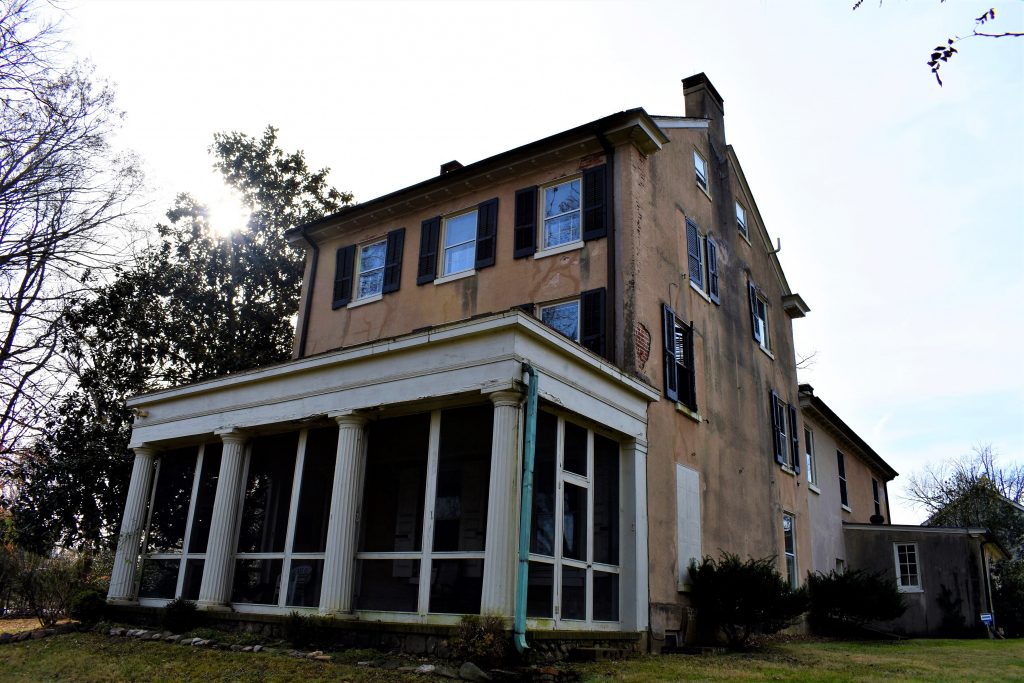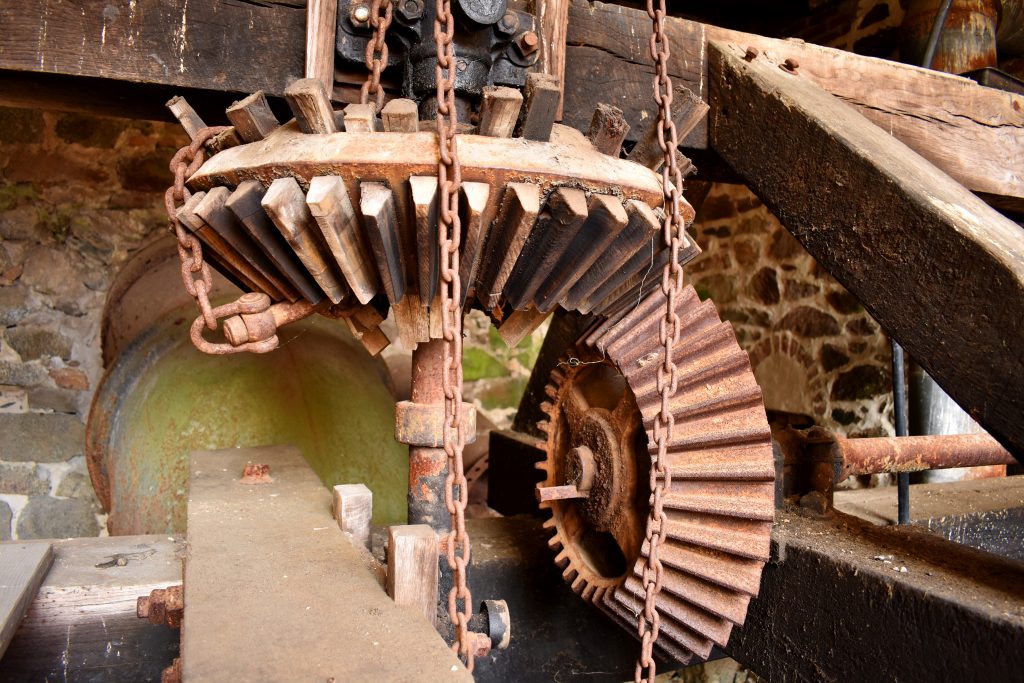An update from Cooch’s Bridge
Site welcomes new supervisor, Kaitlyn Dykes
Where the Christiana River passes under Old Baltimore Pike, a story is waiting to be told. And one history lover, supported by a team of talented historians, gets to re-envision the impact of the Cooch’s Bridge Historic Site with a completely clean slate.
Kaitlyn Dykes, formerly lead interpreter at the Zwaanendael Museum, will serve as the first site manager for the Cooch’s Bridge property, the site of the state’s only Revolutionary War battle. She takes the helm as the Division hopes to enhance the public’s access and understanding of all aspects of this historic site.
“I’m excited to jump in,” the Virginia native said, noting that future work or programs at the site will require some interpretive planning and infrastructure improvements first.
On September 3, 1777, an American Light Infantry Corps composed of Continental soldiers from new Jersey, North Carolina, Pennsylvania and Christina Creek between Aikentown (Glasgow) and nearby Cooch’s Bridge. Intended as an advance force with orders to give the British “as much trouble as you possibly can,” they were met by Hessian and British troops moving forward on present-day Old Cooch’s Bridge Road. Outnumbered and facing artillery, the Americans withdrew towards Christiana after exhausting their ammunition in the short but hard-fought engagement.
The Cooch’s Bridge Historic Site currently has multiple components, including the Cooch Homestead and Cooch-Dayett Mill complex. The homestead includes a 10-acre parcel with the historic home and outbuildings. The mill complex includes the circa-1830s mill, miller’s house, outbuildings and the right-of-way access to the mill race and dams along the Christina River. The current mill is the third in a succession of grist mills built by the family in this area, with the first dating to the mid-18th century. This portion of the property spans more than 60 acres and includes preserved land such as floodplain, meadows and a leased agricultural field. Both components of the property help tell the agricultural and industrial story in and around Newark and illuminate the lives of those who worked and lived in the area.
Read more about what’s in store for the site in this local news story by Delaware Public Media.






